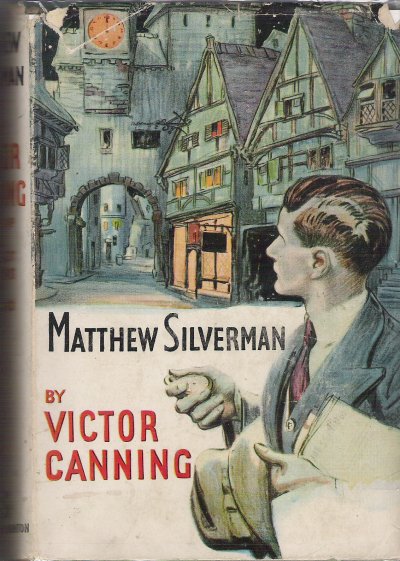


|

|
| First edition | New Farrago edition, 2019 |
| Audiobook narrated by John Higgins, 2022 | |
The BookMatthew Silverman is the editor of the Swanbridge Messenger, a local paper founded by his great-grandfather in a town fifty miles south of London. He hopes in time to pass on the editorship to his eldest son, George, but George announces that he intends to enter the church. After some uncertainty the second son, Alexander, who had ambitions to be an architect, agrees to start as a reporter with a view to succeeding to the editor's chair. He introduces a young friend, Harold, who works in a shop but who wants to become a reporter, and between them they persuade Matthew to modernise the paper, so reversing its decline in sales. Matthew's daughter Loraine swithers between Harold, her steady suitor Philip, and the glamorous visiting novelist Austin Swing. Alexander dabbles in socialism and extends his ambitions, wanting to work for a London paper. Finally George returns, disillusioned with mission work among the London poor, and offers to resume his ancestral charge and become the next editor. There is very little plot, but the book is an amiably observed and extremely readable slice of life in a provincial town. One delightful feature is the set of chapter headings, each of which is a typical headline or quotation from a different section of the newspaper, making an ironic comment on the community. |
Publishing historyThis was published by Hodder and Stoughton in 1937 and had a print run of 6500 copies. It does not seem to have been reprinted at the time or included in the Heinemann Uniform Edition of the 1970s. There was no American edition. It is now quite rare in hardback but there is now an excellent re-titled edition from Farrago Books available in print or as an e-book or audiobook.. Since 'Swanbridge' is not on the coast, the best candidate for a location would be Lewes, or perhaps Ashford if one extends 'south' to include south-east. Canning was living in Kent when he wrote this book. The following is the only contemporary review I have been able to find. It appeared in the Yorkshire Post on Wednesday 2 June 1937:
The "Amurath to Amurath" allusion is to a travel book by Gertrude Bell, published in 1911, presumably rather better known then than now. |